There are many things that can be said about the 5,000-year history of Chinese civilization. In the eyes of foreigners, only those are more familiar. In this article, we have made a summary for you and introduced the top 10 famous things in china.
1.The Great Wall of China
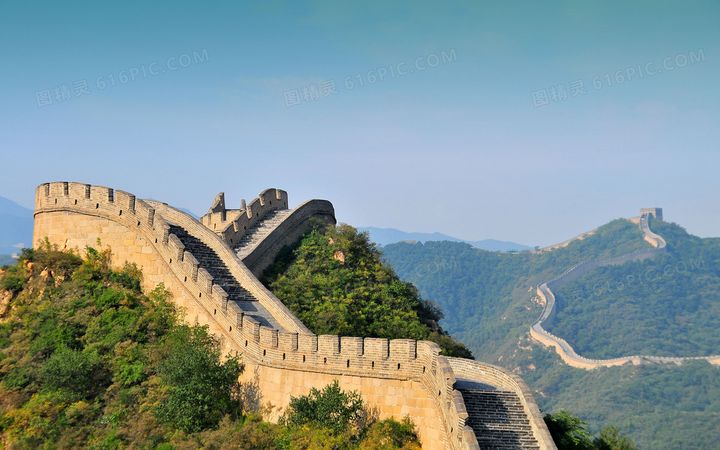
This military fortification built in ancient China is a tall, strong and continuous long wall to limit the movement of enemy cavalry. The Great Wall is not a simple isolated city wall, but a defensive system with the city wall as the main body and a large number of cities, barriers, pavilions and signs.
The Great Wall of China is a series of fortifications made of stone, brick, tamped earth, and other materials that runs across northern China. It is the longest wall in the world and is one of the Seven Wonders of the Medieval World. The Great Wall was first built in the 7th century BC, and it was later rebuilt and expanded over many centuries.
The purpose of the Great Wall was to protect China from invasions by nomads from the north and northwest. It was also used to control trade and immigration, and to maintain internal order. The Great Wall was constructed over many centuries, and different dynasties made their own contributions to the wall’s construction and improvement.
The Great Wall of China is not a single, continuous wall, but is made up of many walls and fortifications, including watchtowers and battlements. It spans thousands of miles and crosses difficult terrain, including deserts, hills, and mountains. Today, much of the Great Wall is in ruins, but many sections have been restored and are open to visitors.
The Great Wall of China is considered one of the greatest architectural feats in the world, and it has been designated as a UNESCO World Heritage Site. It is a symbol of China’s history and culture, and is a popular tourist destination for people from around the world.
2.The Terra Cotta Warriors
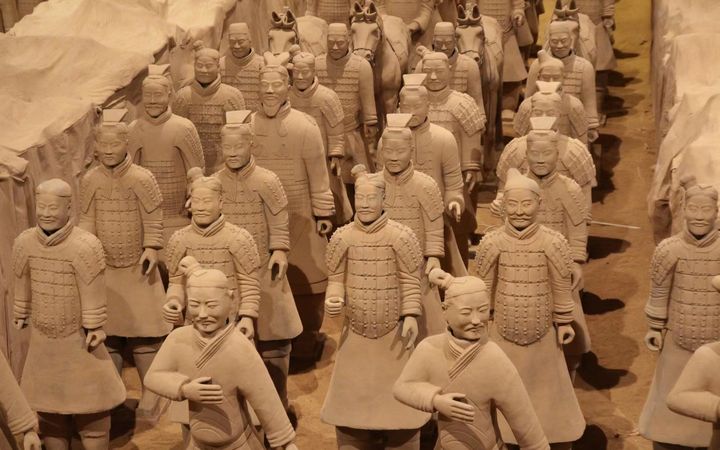
The Terra Cotta Warriors were created more than 2,000 years ago, around the time of the emperor’s death in 210 BC, and are considered one of the greatest archaeological finds of the 20th century. The sculptures are incredibly detailed and lifelike, with each figure having its own unique facial features, hairstyle, and clothing. The figures represent different ranks of soldiers, including infantry, archers, and cavalry, and they were painted with pigments that have since faded over time.
The Terra Cotta Warriors are a testament to the advanced state of Chinese art, technology, and engineering during the Qin Dynasty (221-206 BC), and they provide valuable insights into the political, military, and cultural practices of ancient China. The site where the warriors were discovered, known as the Terra Cotta Warriors and Horses Museum, has become one of the most popular tourist attractions in China, and it has been designated a UNESCO World Heritage site.
Visitors to the museum can view the warriors and learn about the emperor’s tomb complex, which is believed to be the largest and most magnificent in China. The museum also features exhibitions and displays that provide further context and information about the Terra Cotta Warriors and their significance.
3.The Forbidden City
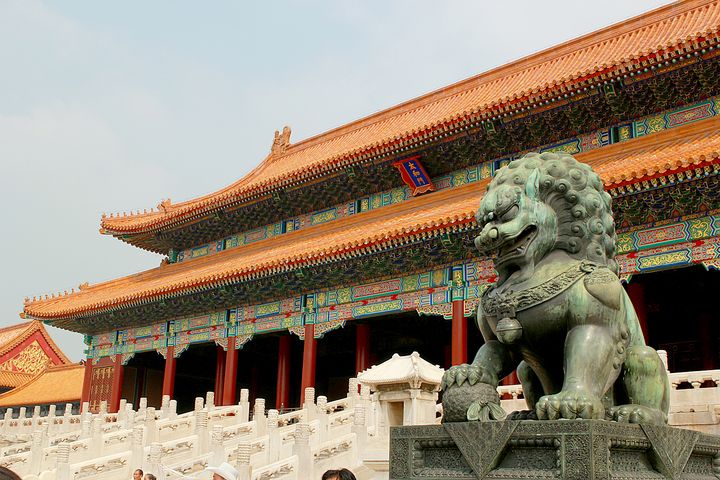
The Forbidden City was built between 1406 and 1420, during the Ming dynasty, and was the home of 24 emperors over a period of almost 500 years. It is a massive complex, covering an area of 720,000 square meters and containing over 9,000 rooms. The Forbidden City was designed to reflect the power and majesty of the imperial court, and its buildings are characterized by their imposing size, grand scale, and intricate decoration.
One of the most famous buildings within the Forbidden City is the Hall of Supreme Harmony, which was the site of imperial coronations and important state ceremonies. Another notable building is the Palace of Heavenly Purity, which was the emperor’s private residence. Visitors can also see the imperial gardens, museums, and exhibitions within the Forbidden City, which showcase the art, history, and culture of ancient China.
The Forbidden City has undergone several renovations and restorations over the centuries, and today it is a major tourist attraction and a UNESCO World Heritage site. Millions of visitors come each year to admire its architectural and artistic masterpieces, learn about the history and culture of China, and experience the opulence and grandeur of the imperial palace.
4.The Yangtze River
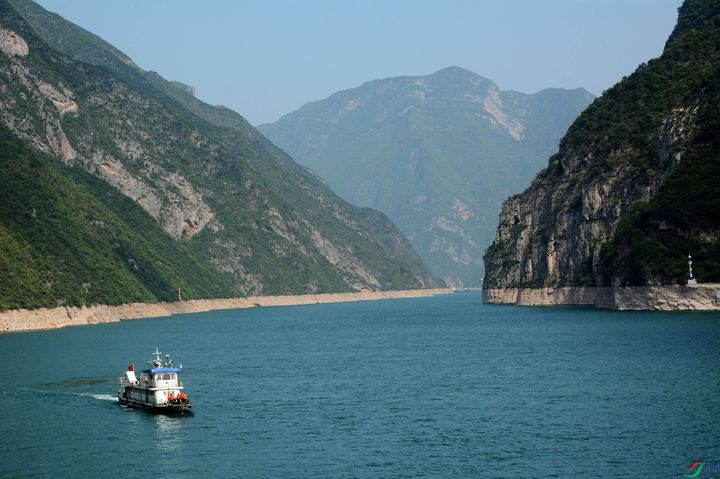
The Yangtze River is known for its diverse landscape and scenic beauty, including towering gorges, rolling hills, and fertile floodplains. It is also home to a rich diversity of wildlife, including the endangered Yangtze River dolphin, the Chinese sturgeon, and the Siberian crane.
The river has played an important role in the development and history of China. It has been used for irrigation and transportation for thousands of years, and has also been the site of many important cultural, political, and economic events.
The Yangtze River remains an important symbol of China’s history and culture, and continues to be a source of inspiration and pride for the Chinese people.
5.The Summer Palace
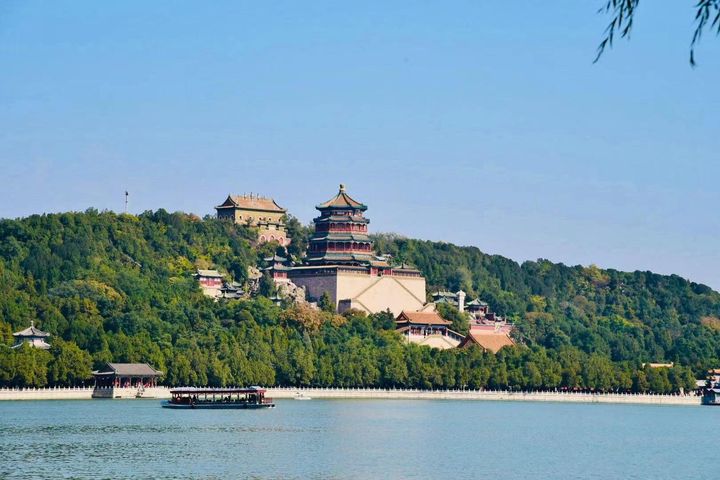
The Summer Palace covers an area of over 300 hectares and is known for its stunning natural beauty and magnificent architectural structures. It features a large lake, Kunming Lake, surrounded by rolling hills and lush forests, as well as several temples, pavilions, and halls, including the Hall of Benevolence and Longevity, the Tower of Buddhist Incense, and the Marble Boat.
One of the most famous features of the Summer Palace is the Long Corridor, a covered walkway that runs along the lake and is lined with over 14,000 colorful paintings and calligraphic works. The Summer Palace also boasts several imperial gardens, including the Garden of Harmonious Interests and the Garden of Virtue and Harmony, which are renowned for their intricate landscaping and beautiful rock formations.
Throughout its history, the Summer Palace has been the site of many important events and has undergone several renovations and expansions. Today, it is a popular tourist destination and a UNESCO World Heritage Site, attracting millions of visitors each year who come to admire its beauty and rich cultural heritage.
6.The Temple of Heaven
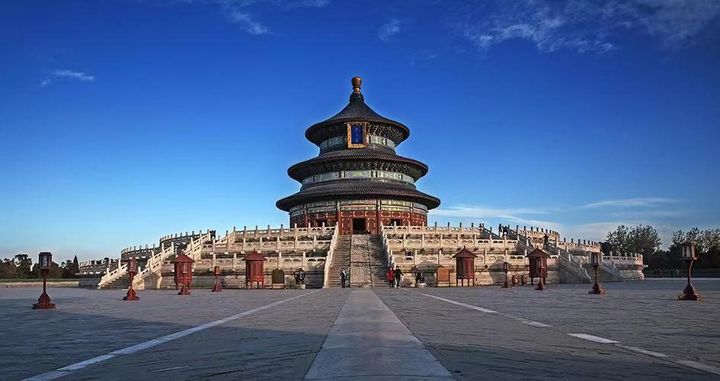
The Temple of Heaven covers an area of over 273 hectares and is surrounded by a large park that is popular with local residents and tourists alike. The main buildings in the complex include the Hall of Prayer for Good Harvests, the Circular Mound Altar, and the Imperial Vault of Heaven.
The Hall of Prayer for Good Harvests is the most iconic building in the Temple of Heaven and is renowned for its magnificent architecture and intricate carvings and paintings. The Circular Mound Altar is an enormous stone platform that was used for the emperor’s prayers and offerings, while the Imperial Vault of Heaven is a circular building surrounded by concentric walls and a moat.
The Temple of Heaven was designed to symbolize the relationship between heaven and earth and the emperor’s role as the intermediary between the two. The ceremonies and rituals performed here were considered essential for the well-being and prosperity of the empire, and the emperor was seen as the representative of the people to the gods.
Today, the Temple of Heaven is a popular tourist destination and a symbol of China’s cultural and religious heritage. Visitors can explore the complex, learn about its history and significance, and appreciate its beauty and architectural splendor.
7.The Bund of Shanghai
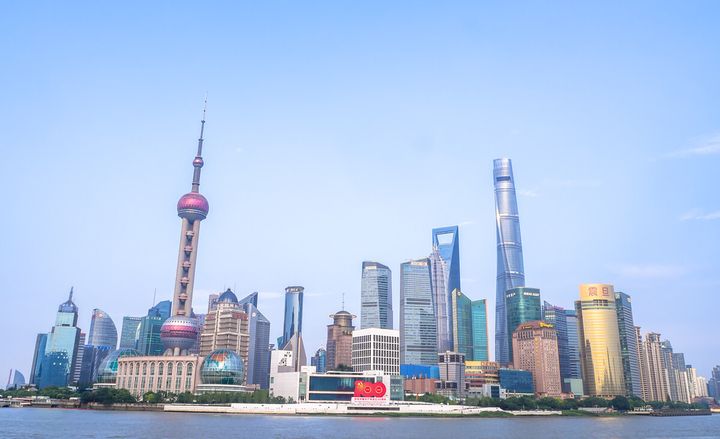
The Bund is known for its impressive colonial-era buildings, many of which were built in the late 19th and early 20th centuries by foreign powers such as Britain, France, and the United States. These buildings reflect the city’s rich cultural and architectural heritage and include styles such as Gothic, Renaissance, and Art Deco.
One of the most notable features of the Bund is its promenade, which runs along the river and offers panoramic views of the city’s skyline, including the towering skyscrapers of Pudong, Shanghai’s modern financial district. The promenade is a popular destination for tourists and locals, who come to take in the sights, enjoy a stroll, or sit and watch the boats and ships pass by on the river.
The Bund has also been the site of many important events in Shanghai’s history, including the city’s rapid modernization in the late 19th and early 20th centuries, the rise of nationalism and communism in the early 20th century, and the city’s role as a major financial center in the 21st century.
Today, the Bund is a hub of activity, with many restaurants, bars, and shops, as well as cultural and historical attractions, such as the Shanghai Museum, the Huangpu River Cruise Terminal, and the Shanghai History Museum. Whether you’re interested in history, architecture, or just taking in the sights, the Bund is a must-visit destination for anyone visiting Shanghai.
8.The Pandas
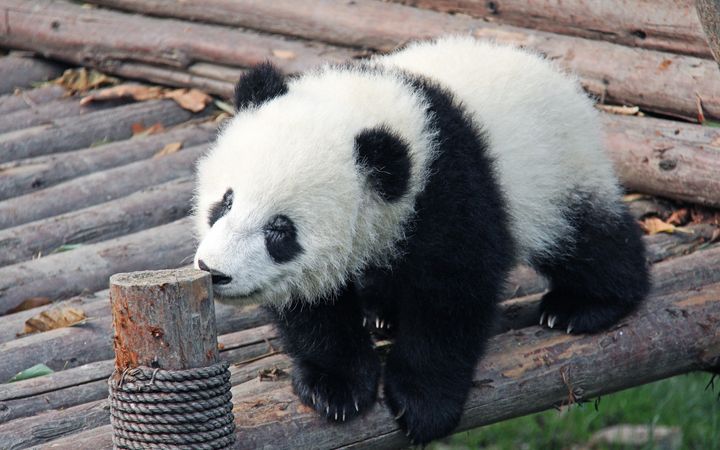
Pandas are an endangered species, with an estimated 1,800 individuals remaining in the wild. This decline in numbers is primarily due to habitat loss, as pandas’ natural habitats of bamboo forests have been destroyed for agriculture and development.
Despite their large size and strong jaws, pandas are primarily herbivores and feed almost exclusively on bamboo. They are capable of consuming up to 60 pounds of bamboo in a single day and have a highly specialized digestive system to break down the tough, fibrous plant.
In addition to their distinctive appearance, pandas are also known for their playful and curious personalities. In the wild, they are solitary animals, but in captivity, they are known to interact with their caretakers and even play with toys and other objects.
Pandas have a special cultural significance in China, where they are seen as a symbol of peace and prosperity. They are also popular around the world as ambassadors for conservation efforts and are frequently used in campaigns to raise awareness about environmental issues.
Whether in the wild or in captivity, pandas continue to captivate people with their unique appearance, gentle demeanor, and important role in the global ecosystem.
9.Chinese Cuisine

Regional cuisine in China is particularly diverse, with notable differences between northern and southern cooking styles, as well as between coastal and inland areas. For example, northern Chinese cuisine is known for its hearty, wheat-based dishes such as dumplings, noodles, and steamed buns, while southern Chinese cuisine tends to feature lighter dishes made with rice, seafood, and vegetables.
Some of the most famous dishes in Chinese cuisine include Peking duck, hot and sour soup, kung pao chicken, sweet and sour pork, and steamed dumplings. Chinese cuisine also features a wide range of vegetarian dishes, as well as dishes made with tofu, which is a staple ingredient in many regions of China.
In addition to its delicious flavors and ingredients, Chinese cuisine is also known for its traditional cooking techniques, such as stir-frying, deep-frying, and steaming. These methods allow for quick and efficient cooking, which helps to preserve the natural flavors and nutrients of the ingredients.
Chinese cuisine has a long and rich history, with roots that can be traced back thousands of years. Over the centuries, it has evolved and adapted, incorporating new ingredients, cooking methods, and cultural influences, to become one of the most beloved and recognizable cuisines in the world.
10.Kung Fu
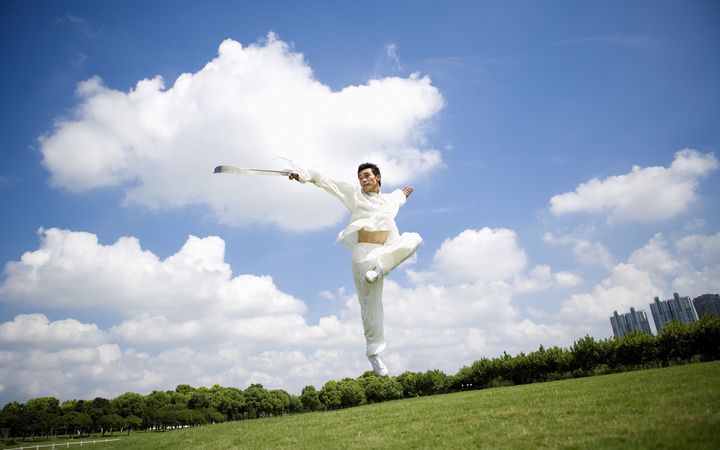
The origins of Kung Fu can be traced back over 2,000 years to the Shaolin Temple, where Buddhist monks developed the skills to protect themselves and others. Over time, Kung Fu evolved into a sophisticated form of martial arts that incorporated elements of both philosophy and spirituality.
Kung Fu covers a vast range of styles, each with its own unique techniques and philosophies. Some of the most popular styles include Shaolin Kung Fu, Wushu, Tai Chi, and Wing Chun.
In addition to its physical benefits, Kung Fu is also highly valued for its spiritual and mental benefits. It is said to help practitioners develop discipline, concentration, and mental clarity, as well as promoting physical health and well-being.
Today, Kung Fu is widely practiced and enjoyed not just in China but all over the world, with millions of people training in Kung Fu schools, gyms, and dojos. Whether for its physical benefits, spiritual insights, or just for fun, Kung Fu remains a highly revered and respected art form that continues to captivate and inspire people of all ages and backgrounds.